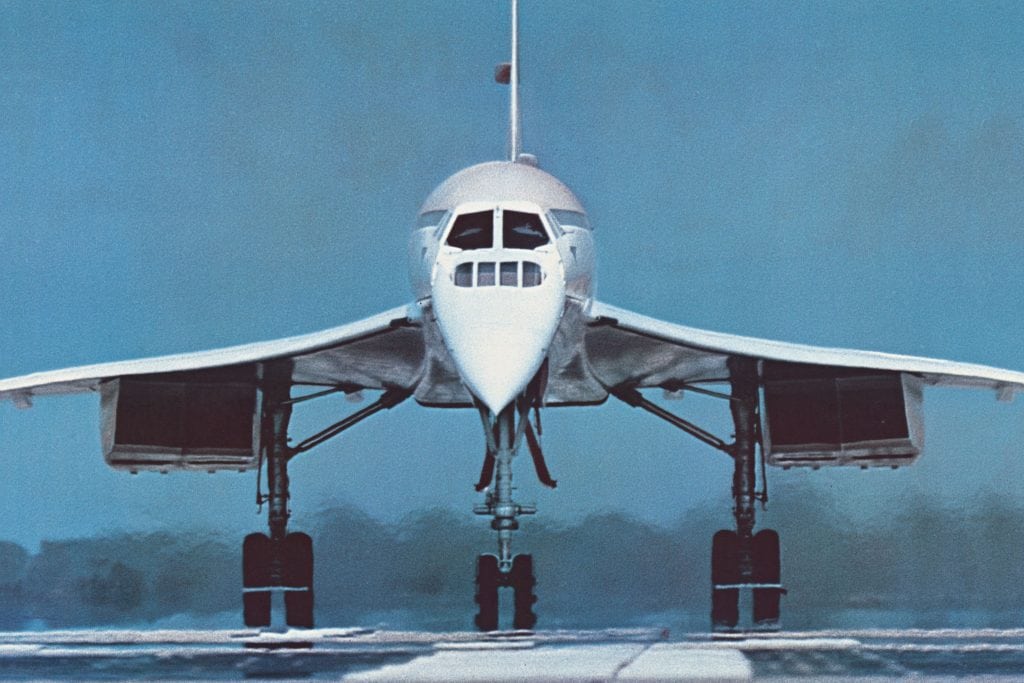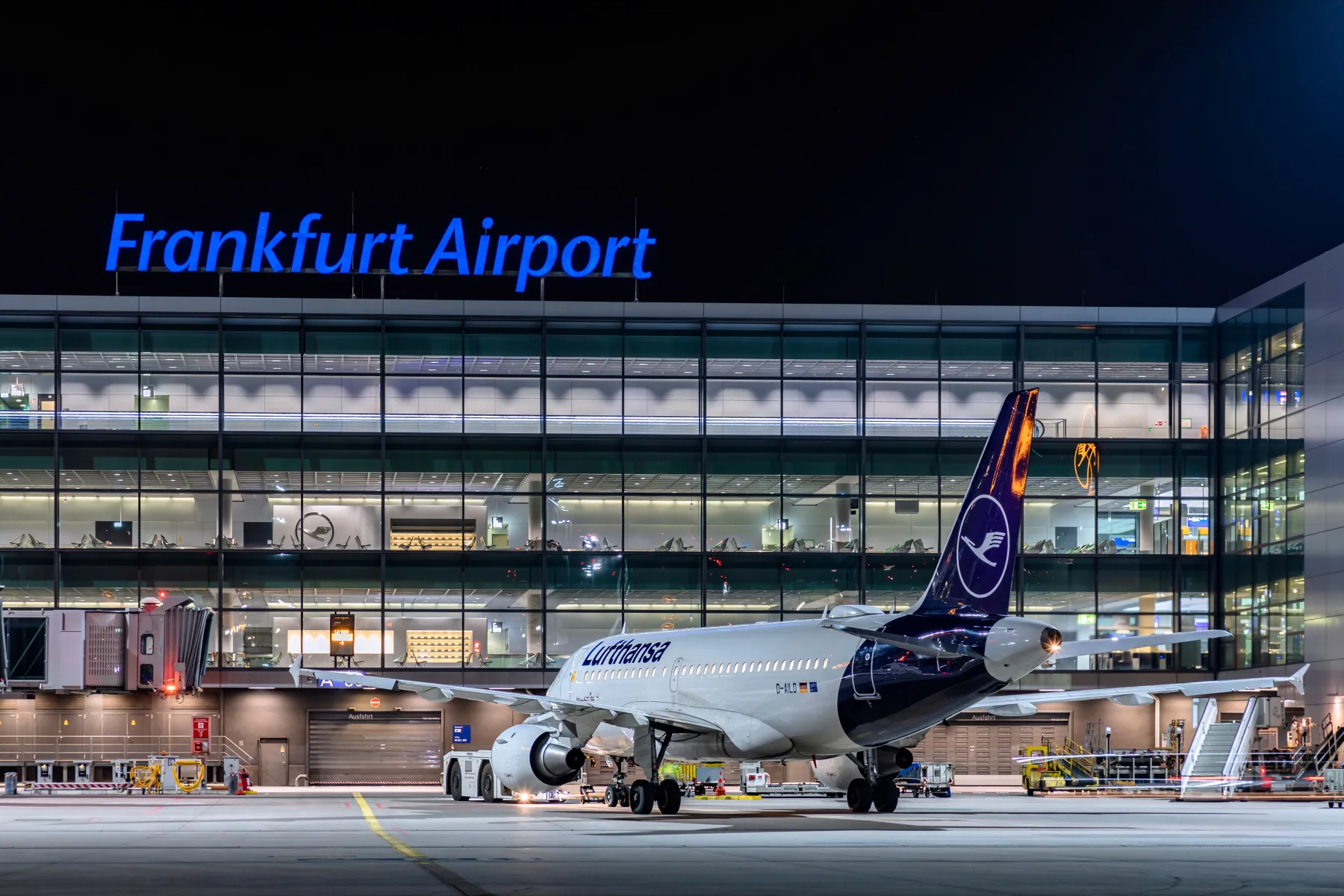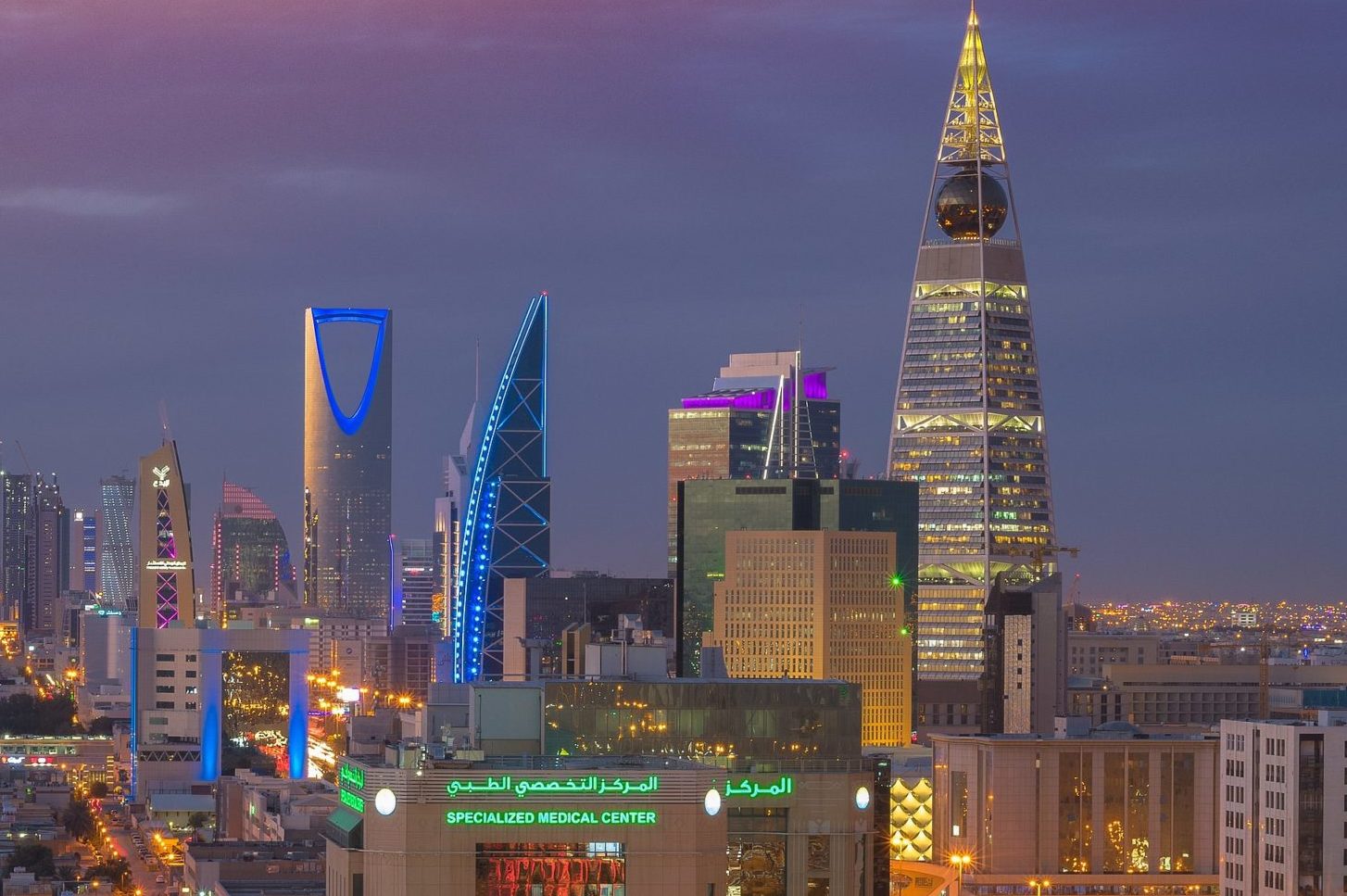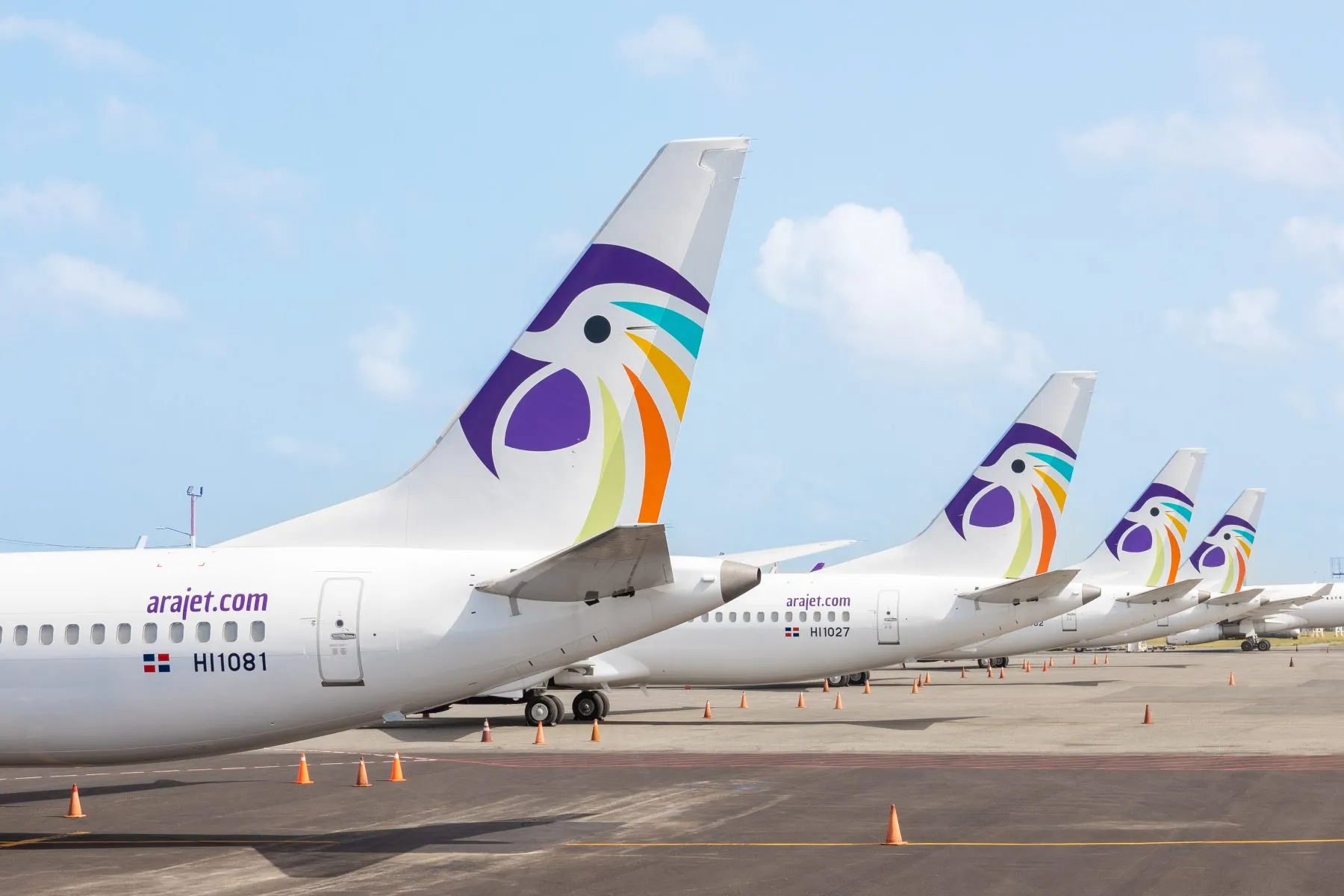Skift Global Forum Preview: How Airlines Became Global Style Icons

Skift Take
On September 27 to 28, nearly 1,000 of the travel industry’s brightest and best will gather in New York City for the third annual Skift Global Forum, the largest creative business gathering in the global travel industry. In only two short years it has become what media, speakers, and attendees have called the “TED talks of travel.”
This year’s event at Alice Tully Hall, Lincoln Center will feature speakers including the CEOs of Marriott International, Carnival Corp., Expedia Inc., TripAdvisor, Etihad Aviation Group, Club Med, and many more.

In preparation for the event we are featuring articles and insights from some of the speakers that touch on big-picture issues that begin in travel, but also impact businesses and industries beyond the sector.
Harvard graduate Matthias C. Huhne setup Callisto Publishers after a varied career spent working in the real estate business. The company’s first book Airline Visual Identity: 1945-1975 covered corporate design in the golden age of jet travel and featured companies including Pan Am and Lufthansa.
Huhne will be speaking at the Skift Global Forum on Wednesday September 28.
REGISTER NOW FOR SKIFT GLOBAL FORUM
Below is an edited interview with Huhne.
Skift: One of your most well-known books is on the history of airline visual identity. Why did you choose the dates 1945-1975?
Huhne: Well it seemed to me that 1945 from a design point of view was interesting because of the huge increase in capacity after World War Two. The whole airline industry became so much more professional in its advertising and marketing.
Then 1975, seemed to be a logical point of time to end the book because most of the big developments that we have today were more or less in place.
Everything that has happened since to some extend builds on what happened in that era.
Skift: Pan Am features quite heavily in your work and there’s also a dedicated book on the airline itself. The blue globe logo is still well recognised but the company doesn’t exist anymore. How do you think it is still able to capture people’s imagination today?
Huhne: Even when I was writing the book I talked to friends from as far away as China and even there this company is well known, which is really amazing.
I suppose there are a couple of important factors and the most important would probably be that Juan Trippe, the founder of Pan Am, hired Charles Lindbergh who had completed his famous New York to Paris flight a few months prior to the founding of the airline.
That of course gave Pan Am, which was also a hugely innovative company, a lot of publicity.
There was a lot of competition at that time but Pan Am again and again took so many smart moves and Trippe was someone who really could see the future of this business very clearly.
He was betting again and again a lot of money, a lot of resources on inventions that did not exist at the time but he was almost in every case right.
Skift: Pan Am was also famous for its advertising.
Huhne: Flying was something so special and getting so much publicity associated with flying and then doing the big steps like flying across the Pacific and then later in flying across the Atlantic. All of these things were publicised and they were such major achievements.
It didn’t stop there, it also at every level of its history had a very professional publicity system, very good quality advertising, very nice brochures so that passengers could familiarise themselves with aircraft, with the new destinations.
The Pan Am book is part of tracing this advertising history, showing how the early advertising focussed more on the very, very wealthy, the exclusive elite.
Today of course the airline industry is by far the most important means of long-distance travel and it’s also the safest and the most conventional, everyone can do it and of course Pan Am had such a huge impact on this whole scenario because it was Trippe more than anyone else at the time who wanted to make air travel available to the masses.
It is also interesting to see how the advertising industry reacted through all of this because all of a sudden they had a focus for example in the U.S. on the middle class somewhere in Ohio, somewhere in Wyoming and they wanted to get these people off the trains and to fly to another country.
Skift: The advertising used to publicise these airlines has become art. Collectors buy it and people have it in their houses. How was this able to happen?
Huhne: These advertisements really contributed to making the world smaller so in that way they’ve become part of our cultural history.
Another issue of course is that some of them were designed by extremely talented artists or commercial designers with very good and strong concepts behind them.
Skift: Do you think that modern airlines with their increasing corporatisation have lost some of the style that their predecessors had?
Huhne: If I look at today’s travel experience I personally think it’s very good. People in the 1950s could only dream of flying on today’s aircraft but the advertising back then was very focussed and of course especially in the 1960s it was just such a very scientific and very precise approach where everything of detail was turned around and discussed.
This is something that I think when you look through Airline Visual Identity 1945-1975 you can feel it, you can see it, you can read about it.




